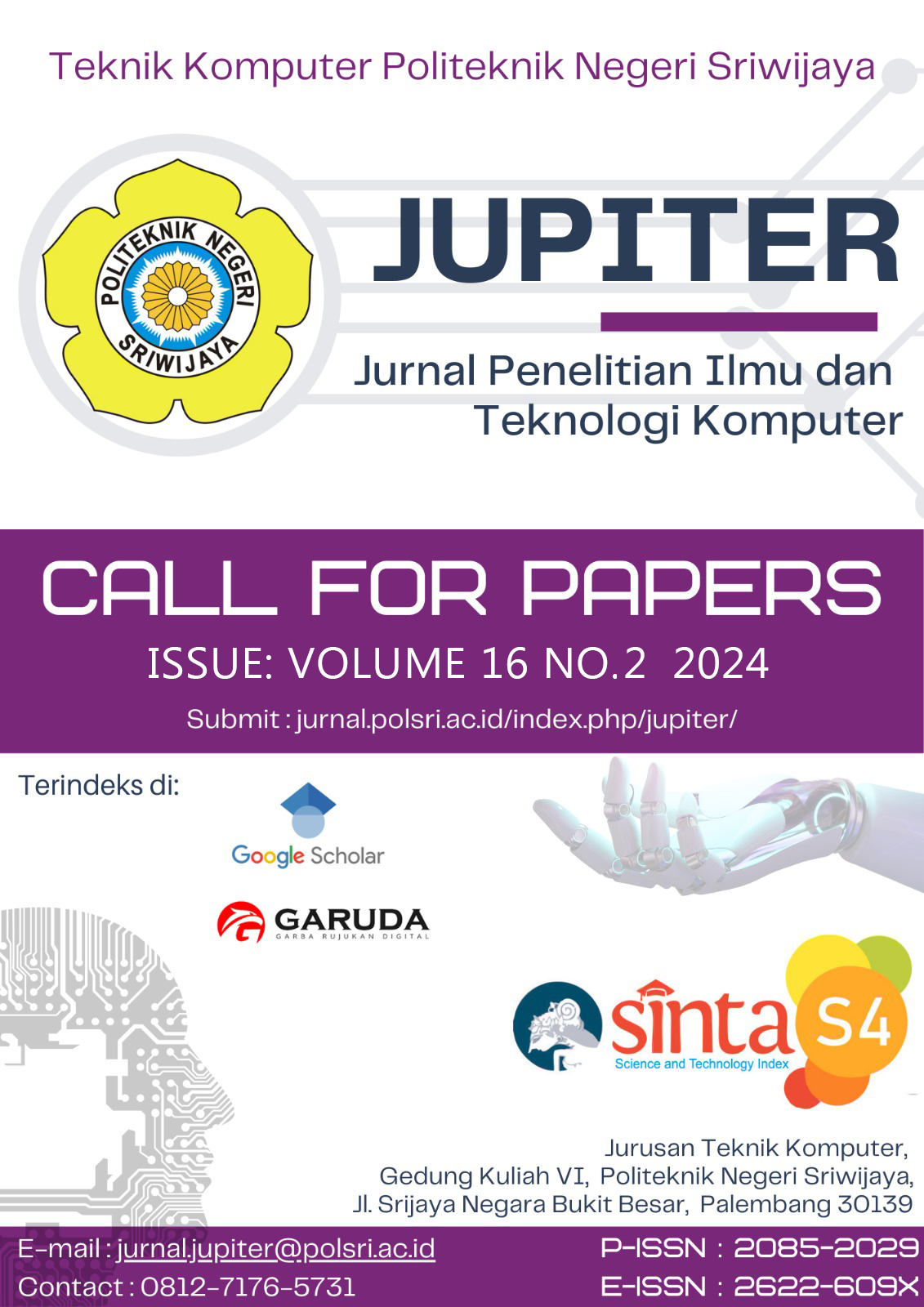Integrasi Business Analytics dalam Manajemen Performa Jaringan Seluler 4G
DOI:
https://doi.org/10.5281/zenodo.13207799Abstract
 Business analytics plays a crucial role in optimizing telecommunication network performance. This research focuses on using data mining methodologies, specifically the Knowledge Discovery Database (KDD) approach, combined with machine learning algorithms, to predict and enhance 4G signal quality for a mobile operator in Indonesia. The study leverages real-time data from a new site project of an Indonesian telecom operator. Employing SQL ClickHouse for data processing, Python for machine learning, and Tableau for visualization, the research develops a comprehensive data analysis model using hidden Markov models (HMM). The selection of this topic stems from the increasing demand for reliable and high-quality mobile networks, which necessitates advanced analytical techniques to monitor and improve network performance. By implementing HMM, the research aims to provide accurate predictions and actionable insights into signal quality improvements. Preliminary results demonstrate the model's effectiveness in identifying key performance indicators such as accuracy, precision, and recall, as well as trends in network signal quality. The model achieved an accuracy of 93,06%, precision of 96,97%, recall of 95,52%, and F1-score of 96,24%. This study highlights the significant potential of integrating business analytics and machine learning in the telecommunications sector, offering valuable contributions to the industry by improving service quality and operational efficiency.
Â
Keywords—Business Analytics, Network Optimization, Hidden Markov Model, Data Mining, Signal Quality Prediction.
Downloads
Downloads
Published
How to Cite
Issue
Section
License
Copyright (c) 2024 Eka Kosasih, Tanty Oktavia

This work is licensed under a Creative Commons Attribution 4.0 International License.







